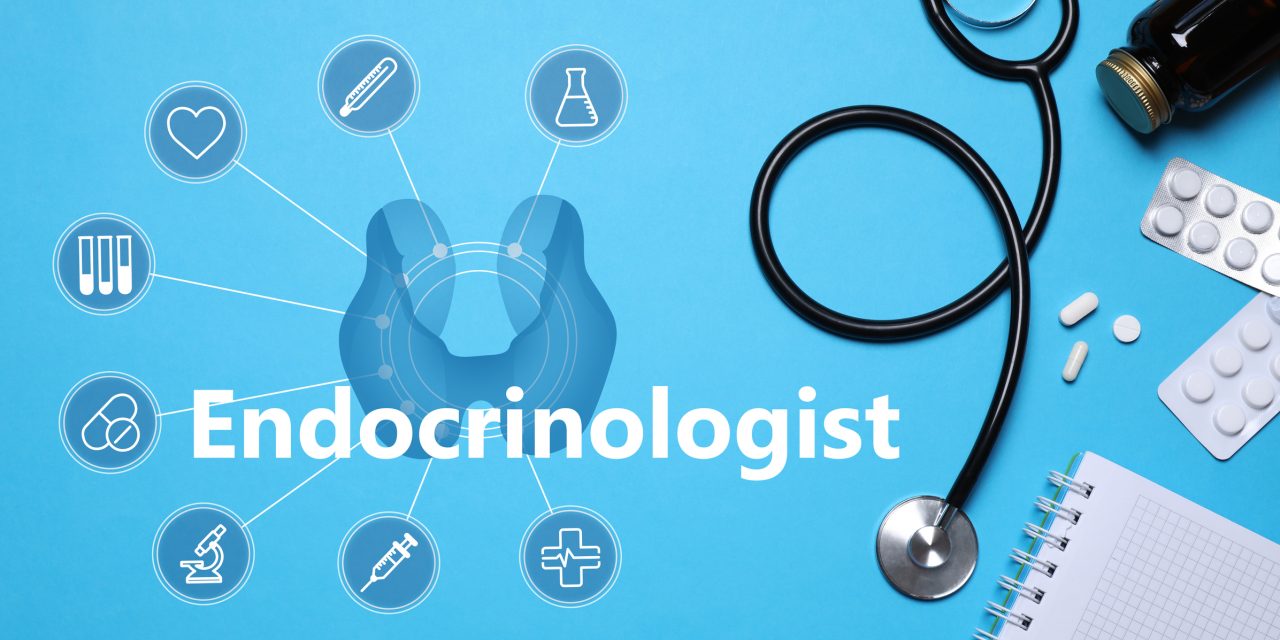Goiter is one of common endocrine diseases, and its etiology has not been fully elucidated. The changes in trace elements’ levels have an important impact on the thyroid. We designed a case-control study, which involved 383 goiter cases and 383 matched controls. We measured these elements in the urine of participants by inductively coupled plasma optical emission spectrometry (ICP-OES), graphite furnace atomic absorption spectrometry (GFAAS) and As-Ce catalytic spectrophotometry. Least Absolute Shrinkage and Selection Operator (LASSO) regression was used to select the elements into multi-element models, conditional logistic regression models were applied to analyze the association between elements and goiter risk. Bayesian kernel machine regression (BKMR) model was used to depict elements’ mixtures and evaluate their joint effects. Finally, 7 elements were included in the multi-element model. We found that the concentrations of lithium (Li), strontium (Sr) and barium (Ba) had a negative effect with goiter risk, and lead (Pb) and iodine (I) showed an extreme positive effect. Additionally, compared with the lowest levels, patients with highest quartiles of I and Pb were 6.49 and 1.94 times more likely to have goiter, respectively. On the contrary, in its second and third quartiles, arsenic (As) showed a negative effect (both OR<1). BKMR model showed a certain interaction among Pb, As, Sr and Li on goiter risk. Further large sample studies are needed to confirm these findings in the future.Copyright © 2021 Elsevier Ltd. All rights reserved.
Associations of exposure to multiple trace elements with the risk of goiter: A case-control study.


